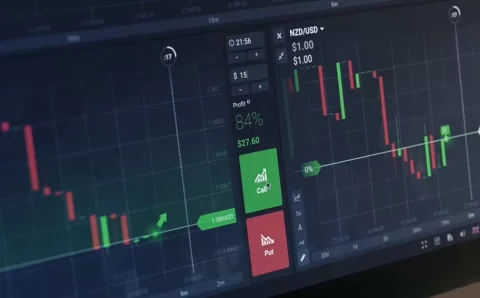[ad_1]
The World Bank (WB) has retained projections for economic growth of India at 8.3 per cent for 2021-22, but said that any slowdown in the world due to further Covid waves will pull it down. The bank attributed the low growth to uncertainty related to Coronavirus (Covid-19) and weakened household and firm balance sheets.
In its latest report on South Asia, the multilateral agency flagged the issue of under-reporting of Covid-19 deaths in the region, including India. It said India’s Covid-19 deaths are growing more rapidly than other South Asian countries.
According to official data, the South Asia region accounts for 17 per cent of global Covid-19 cases and more than 11 per cent of deaths, the Bank said.
“The official total death count from Covid-19 in the region has exceeded half a million. But there is a growing sense that the official counts are underestimated and do not reflect the actual scale of the pandemic,” it added.
The Bank also cautioned against employment which remained below pre-pandemic levels in India and said containing extreme poverty at below 3 per cent would now take longer.
The Bank has projected India’s gross domestic product (GDP) growth in a wide range of 7.5 to 12.5 per cent for the current financial year due to Covid 19 related uncertainty.
“The GDP growth is expected to be closer to the lower bound of the range of 7.5 to 12.5 per cent in FY22,” it said.
The Bank said the growth is projected to be 7.5 per cent in the next financial year and 6.5 per cent during 2023-24, helped by recent structural reforms to ease supply-side constraints, and increased infrastructure investment.
The Production-Linked Incentives (PLI) scheme to boost manufacturing, and a planned increase in public investment, should support domestic demand, it said.
The trajectory of the Covid-19 pandemic will cloud the outlook in the near-term until herd immunity is achieved, the Bank cautioned.
If there is a slowdown in the rest of the world, it would affect India’s growth too. If the impact of any further Covid waves is moderate, the World Bank believes that the region outside South Asia could slow down by 0.5-1 per cent during 2021-23. If the impact is severe, the external GDP could be lower by 1-1.5 per cent over this period.
India’s GDP would be 0.5 percentage points lower in 2022 in the moderate scenario and 0.9 percentage points lower in the severe scenario, compared to the baseline, it said.
The degree of asset-quality deterioration from the pandemic-shock is unclear and may pose downside risks to the outlook. The main risks to consumer spending include higher than expected inflation and a slow recovery of the informal sector.
Persistently high inflation can also put pressure on the RBI’s accommodative monetary policy stance, it said. RBI’s monetary policy committee kept the policy rate at 4 per cent on Friday and its stance reamined accommodative. After remaining above 6 per cent, the upper tolerance limit for RBI, in May and June, the consumer price index-based inflation rate came down below six per cent in July and August.
It fell to 5.3 per cent in August from 5.59 per cent in July.
The Bank said the current account is expected to turn into a deficit in FY22, albeit less than in the years prior to the pandemic. The deficit is expected to be adequately financed by capital inflows amid sufficient international liquidity. India’s current account balance posted a surplus of $6.5 billion or 0.9 per cent of GDP during the first quarter of the current financial year against a deficit of $ 8.1 billion or one per cent of GDP in the fourth quarter of 2020-21.
The fiscal deficit is projected to shrink in FY22 as revenues recover and pandemic-related support winds down. Still, it will remain above 10 percent of GDP in FY22, driven by a rise in capital spending, it said. The combined fiscal deficit of the Centre and the states was estimated to be 14.2 per cent of GDP during 2020-21.
The Bank said public debt is expected to decline gradually in the medium-run driven by lower deficits and a favorable growth-interest rate dynamic. It stood at an estimated 84.2 per cent of GDP during 2021-22. The figure is likely to move upwards as budget estimates of the states were used to calculate it.
As labor markets continue to improve, poverty reduction is expected to slowly resume its pre-pandemic trajectory, the Bank said. However, employment rates are still lingering well below pre-pandemic levels despite improvements after the 2020 lockdown, it said.
As earnings of low skill workers remain well below 2019 levels, it might take longer than previously expected for India to achieve the goal of reducing extreme poverty to below 3 per cent, the Bank cautioned.
[ad_2]
Source link





